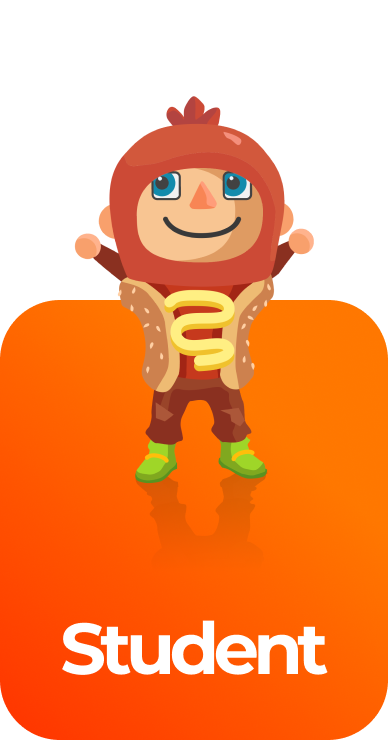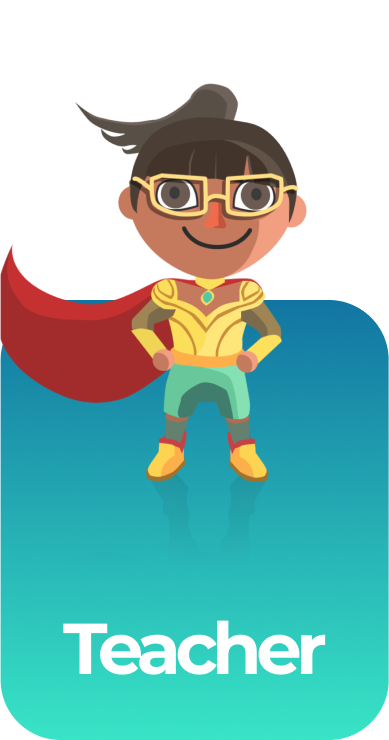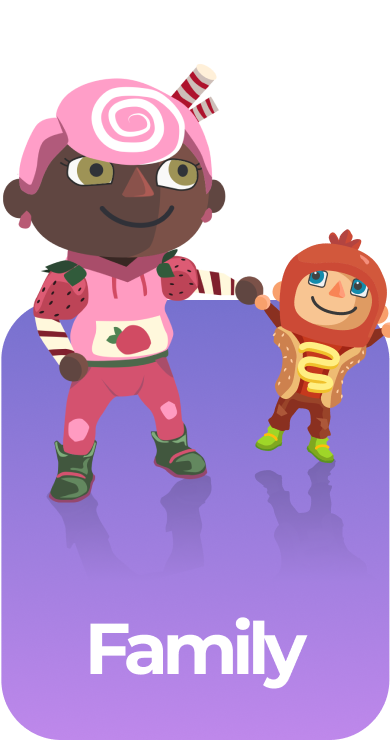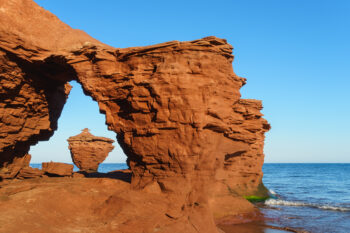The Fossil Record Science Games
5 gamesIn this series of games, your students will learn about the different types of fossils and the clues they offer us. The Fossil Record learning objective — based on NGSS and state standards — delivers improved student engagement and academic performance in your classroom, as demonstrated by research.
Scroll down for a preview of this learning objective’s games and the concepts they drive home.
Concepts Covered
The fossil record consists of every fossil ever discovered on Earth. However, it only represents a small fraction of the organisms that have ever lived on our planet.
Scientists use fossils to figure out what now-extinct organisms may have looked like, how modern organisms have evolved, and the timing of different species’ evolutionary patterns. Usually, fossils are imprints of hard materials like bones, teeth, and shells, but sometimes soft tissues, plants, and microbes form fossils as well.
Most fossils are found in layers of sedimentary rock that pile up over millions of years. We can determine which fossils are older and younger, or their relative age, by looking at how deep in the rock they appear. It is also possible to determine their absolute age by testing for radioactive isotopes in rock layers.
Fossils can form in a number of different ways. Mineralization is the result of mineral deposits entering small spaces in an organism’s remains and forming a cast. Carbonization occurs when a dead organism is compressed over time and leaves a carbon residue of its remains.
Trace fossils form from tracks or other markings of an organism’s movement. Mold fossils are created by sediment hardening around an organism’s body. When sediments fill a mold, they form a cast fossil.
In rare cases, fossils can be made of original material from the organism’s actual body. These fossils require very specific conditions, like when an insect is trapped in amber.
A preview of each game in the learning objective is found below.
You can access all of the games on Legends of Learning for free, forever, with a teacher account. A free teacher account also allows you to create playlists of games and assignments for students and track class progress. Sign up for free today!






